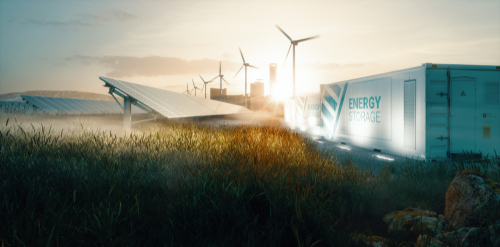PG&E pushes for six battery energy storage projects to bolster reliability, expand renewable generation

In a proposal put before the California Public Utilities Commission (CPUC) last week, the Pacific Gas and Electric Company (PG&E) applied for 387 MW of new battery storage capacity in six new projects within the state.
While expanding renewable efforts in California, the move would also complete PG&E’s obligations to identify potential electric system reliability issues beginning this summer. In November 2019, CPUC authorized PG&E to procure at least 716.9 MW of system reliability resources capable of coming into services between Aug. 1, 2021, and Aug. 1, 2023. PG&E already secured 423 MW of battery storage projects in May 2020, all of which should come only by August 2021.
“The next few years will be pivotal for the deployment and integration of utility-scale battery energy storage onto the grid,” Fong Wan, senior vice president, Energy Policy and Procurement, PG&E, said. “PG&E has awarded contracts for battery energy storage projects totaling more than 1,000 MW of capacity to be deployed through 2023, all of which contribute to meeting California’s ambitious clean energy goals while ensuring grid efficiency and reliability, reducing the need to build additional fossil fuel generation plants, and keeping customer costs affordable.”
Of the newest projects, three are scheduled to come online by August 2022, and three should be online by August 2023. The former includes projects by Nexus Renewables U.S. Inc., Lancaster Battery Storage, LLC, and LeConte Energy Storage, LLC, amounting to 194 MW total. Those scheduled for service by 2023 include work by North Central Valley Energy Storage, LLC, and two projects by Daggett Solar Power, LLC, totaling 193 MW.
All six projects will include lithium-ion batteries, each with four-hour discharge durations.
